-
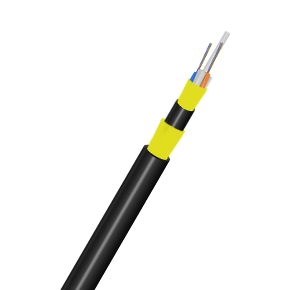
ADSS Cable: The Solution for Your Power Distribution Needs
All-Dielectric Self-Supporting (ADSS) cable is a popular choice for aerial fiber optic communication networks, but it also offers significant benefits for power distribution. ADSS cable is a highly reliable and cost-effective solution for power distribution needs, offering several advantage...Read more -
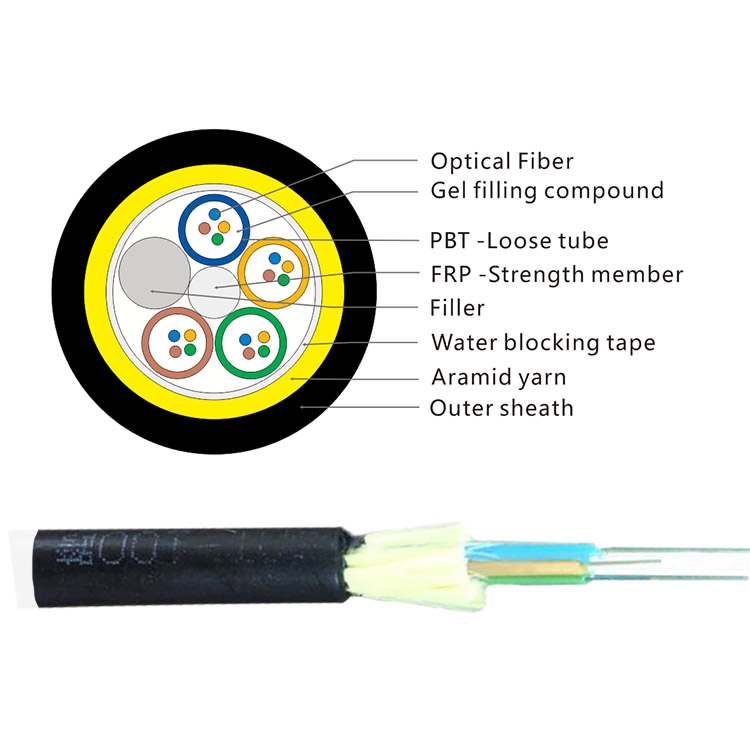
ADSS Cable: The Future of Aerial Power Transmission
All-Dielectric Self-Supporting (ADSS) cable has been widely used for aerial fiber optic communication networks. However, ADSS cable is also a promising solution for aerial power transmission. As the world transitions towards renewable energy, the demand for efficient and reliable power transmissi...Read more -
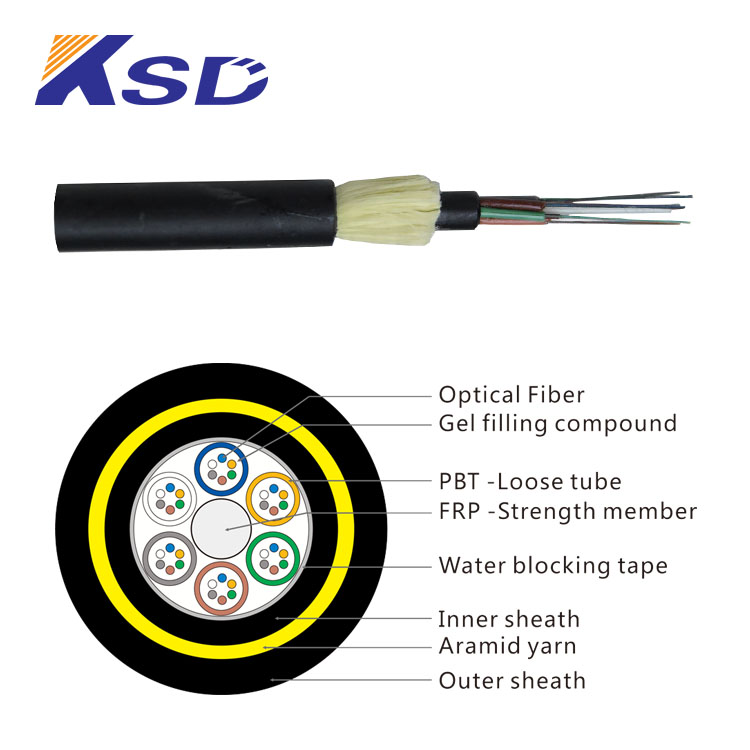
How ADSS Fiber Optic Cable Supports High-Performance Computing
High-performance computing (HPC) requires high-speed communication between computing systems and data centers. This communication is often achieved through the use of fiber optic cable, which provides the high bandwidth and low latency required for HPC applications. All-Dielectric Self-Supporting...Read more -
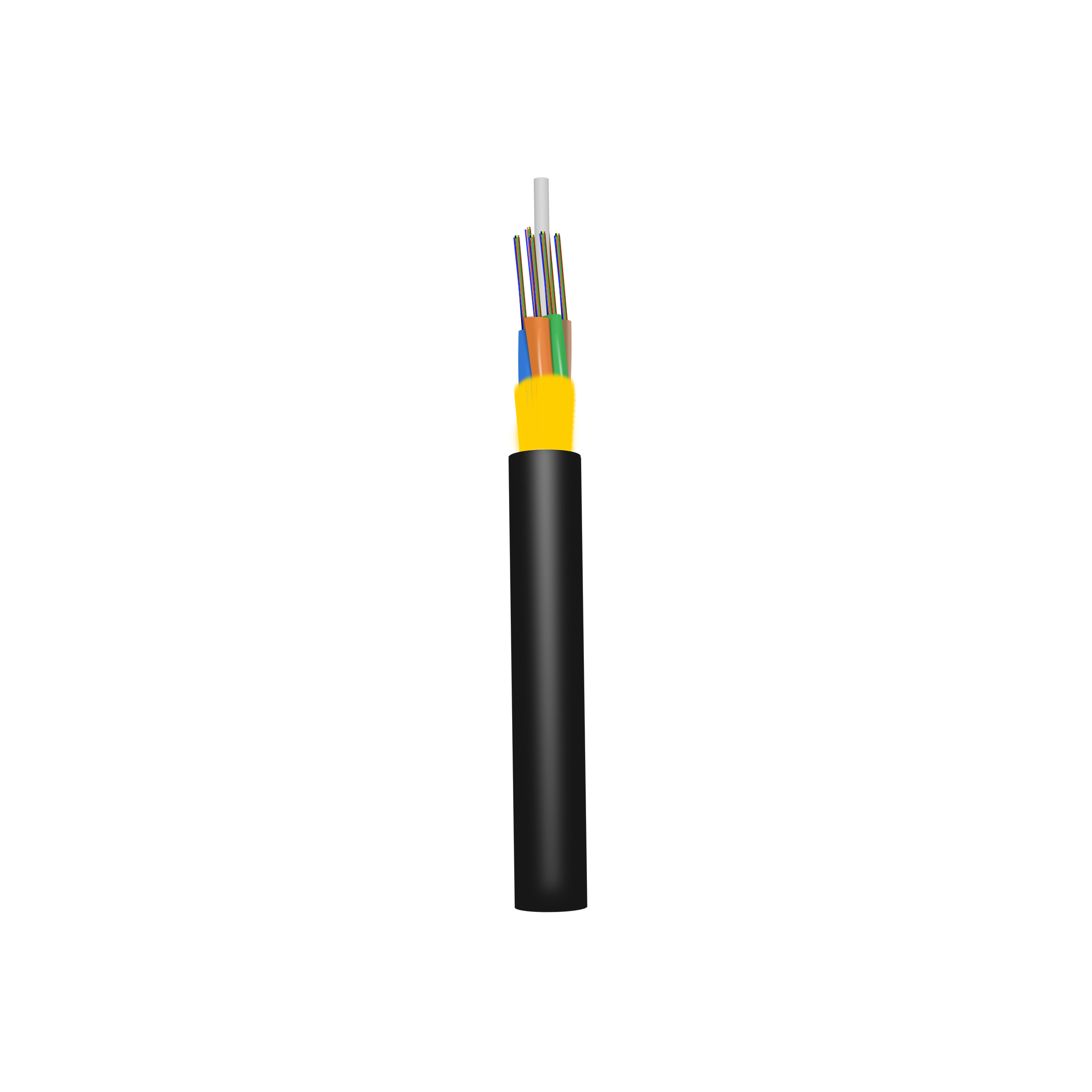
ADSS Fiber Optic Cable for Construction Applications: Opportunities and Risks
All-Dielectric Self-Supporting (ADSS) fiber optic cable is becoming increasingly popular in construction applications due to its ability to provide high-speed communication and reliable data transmission. ADSS cable is ideal for use in construction sites because it can be installed quickly and ea...Read more -
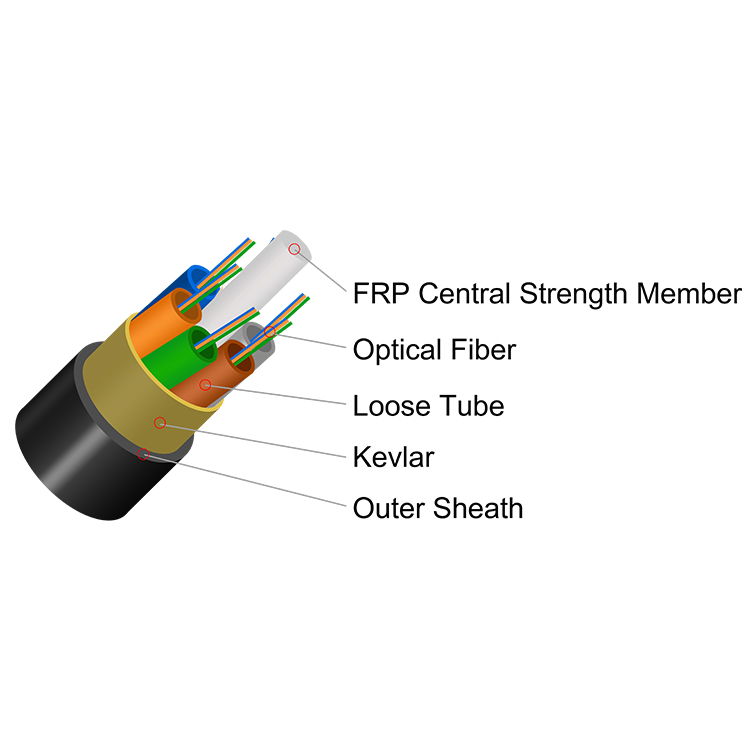
ADSS Fiber Optic Cable for Water and Wastewater Applications: Challenges and Solutions
The use of fiber optic cable in water and wastewater applications has become increasingly popular in recent years. One of the most commonly used types of fiber optic cable in these applications is All-Dielectric Self-Supporting (ADSS) cable. ADSS fiber optic cable is ideal for use in environments...Read more -
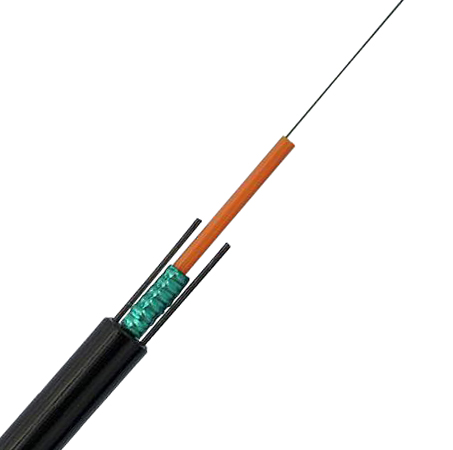
Common Mistakes to Avoid When Installing Buried Fiber Optic Cables
Tips for Successful Fiber Optic Cable Installation Installing buried fiber optic cables is a complex process that requires careful planning and execution. Even a small mistake can lead to network downtime, reduced data transfer speeds, and even safety hazards. To help you avoid these common pitfa...Read more -
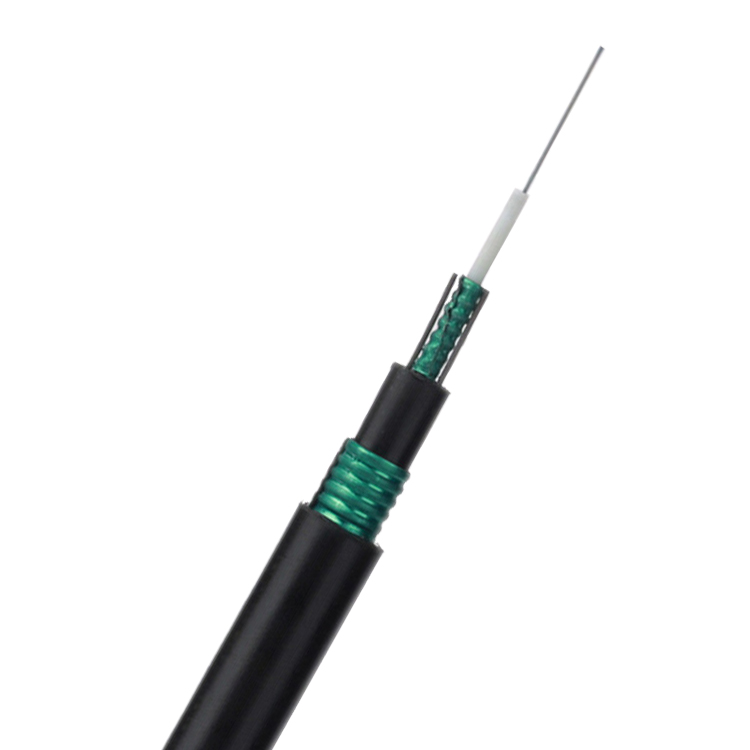
How to Ensure Fiber Optic Cable Burial Projects Meet Quality and Safety Standards?
Tips for Effective Fiber Optic Cable Burial As fiber optic technology continues to revolutionize the telecommunications industry, the importance of proper cable installation and burial cannot be overstated. A poorly executed installation can lead to network downtime, reduced data transfer speeds,...Read more -
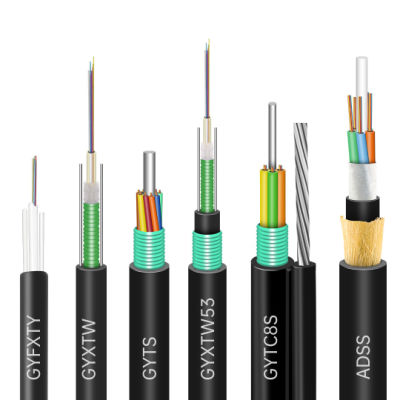
Armored Fiber Optic Cables for Data Centers: A Comprehensive Overview
As data centers continue to expand and evolve, the demand for high-speed, reliable, and secure data transmission is becoming increasingly important. One of the key components that enable this is armored fiber optic cables. Armored fiber optic cables are designed to withstand harsh environments an...Read more -
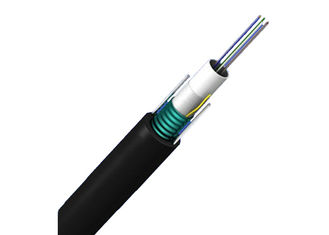
Armored Fiber Optic Cables: The Ideal Solution for Harsh Mining Environments
New technology provides increased safety and efficiency for mining operations. Mining companies are no strangers to the challenges of operating in harsh environments. From extreme temperatures to high levels of dust and debris, mining sites can put a lot of strain on equipment and infrastructure...Read more -
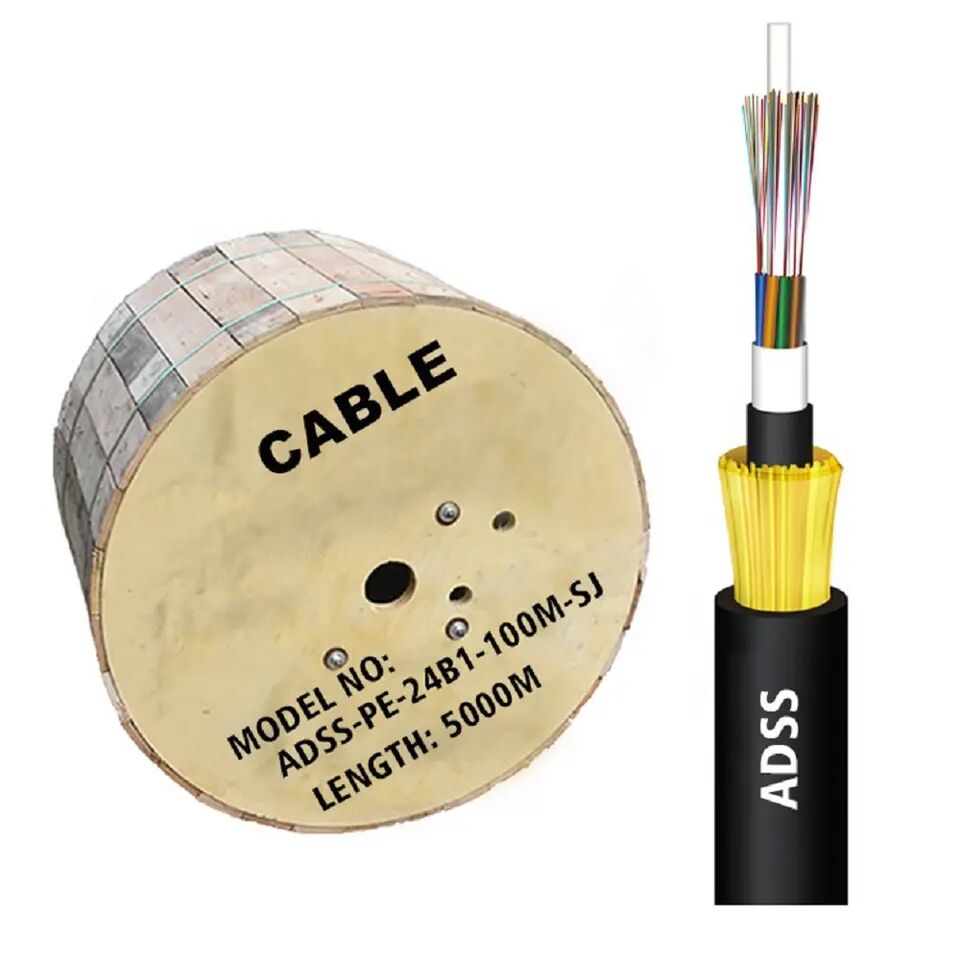
ADSS Cable: The Next Generation of Power Cables
Power cables have come a long way over the years, and now the next generation of power cables is here. The ADSS cable, or All-Dielectric Self-Supporting cable, is a revolutionary new technology that is changing the way we think about power transmission. ADSS cables are unique in that they are mad...Read more -
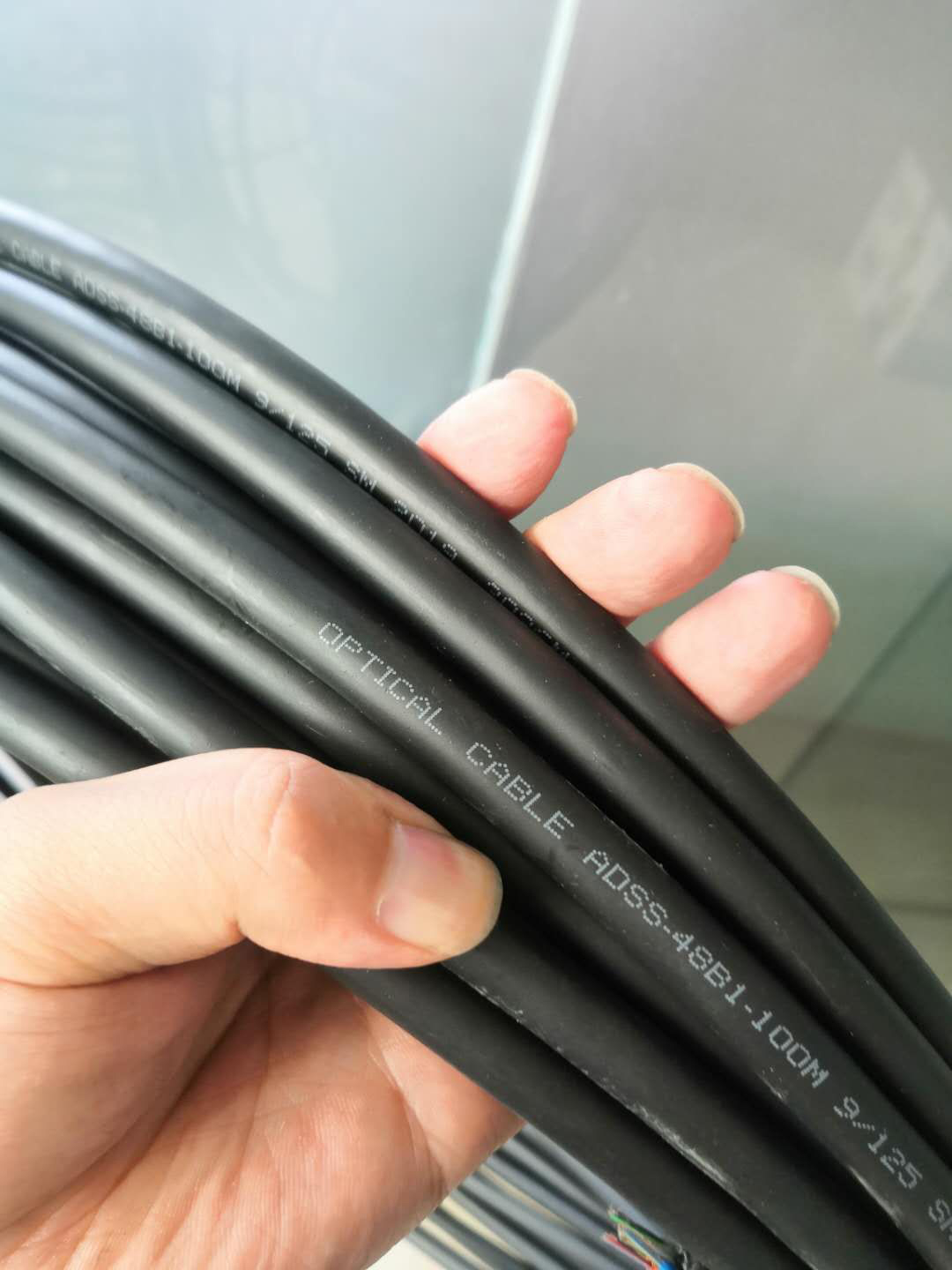
ADSS Cable: The Safe and Secure Way to Transmit Power
In recent years, the demand for electricity has increased tremendously. With the growing need for electricity, the transmission of power has become more important than ever. In this regard, the ADSS cable has emerged as a safe and secure way to transmit power. ADSS, which stands for All-Dielectri...Read more -
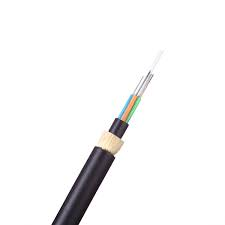
ADSS Cable: The Reliable Solution for Power Transmission
In today’s world, reliable power transmission is crucial for maintaining the smooth functioning of societies and economies. ADSS (All-Dielectric Self-Supporting) cable is emerging as a dependable solution for power transmission. ADSS cable is a type of fiber-optic cable that is self-support...Read more -
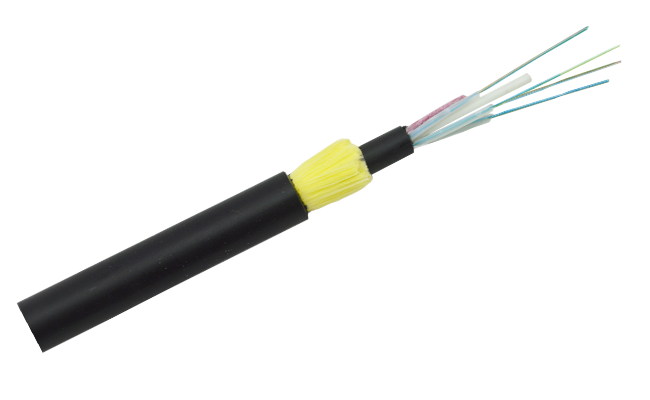
How ADSS Fiber Optic Cable is Supporting Renewable Energy Solutions
In a world where the transition towards renewable energy solutions is becoming increasingly vital, companies are investing in innovative ways to support this shift. One such way is through the implementation of ADSS (All-Dielectric Self-Supporting) fiber optic cables. ADSS fiber optic cables are ...Read more -
ADSS Fiber Optic Cable Installation: Best Practices and Tips
As the demand for high-speed internet connectivity continues to grow, the installation of fiber optic cables has become increasingly popular. One of the most widely used types of fiber optic cables is the ADSS (All-Dielectric Self-Supporting) cable, which is designed for aerial installation. To e...Read more -
Cost-Benefit Analysis of Fiber Optic Cable Burial vs. Aerial Installation
The deployment of fiber optic cables is crucial for the development of digital infrastructure and the expansion of high-speed internet access. However, the method of installation for these cables can significantly impact the cost and efficiency of the project. A recent cost-benefit analysis compa...Read more












